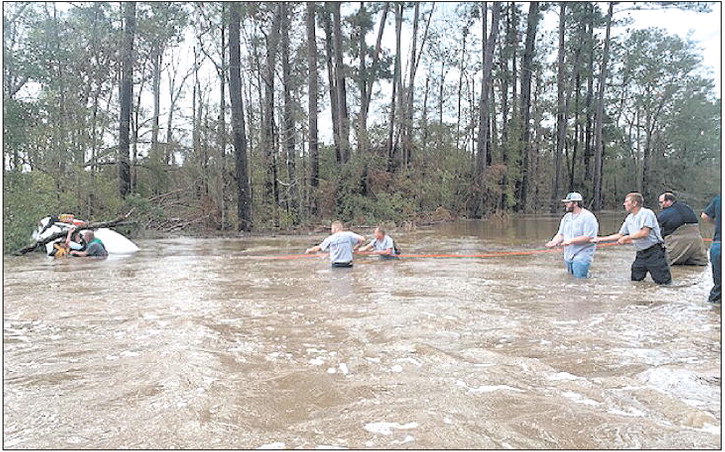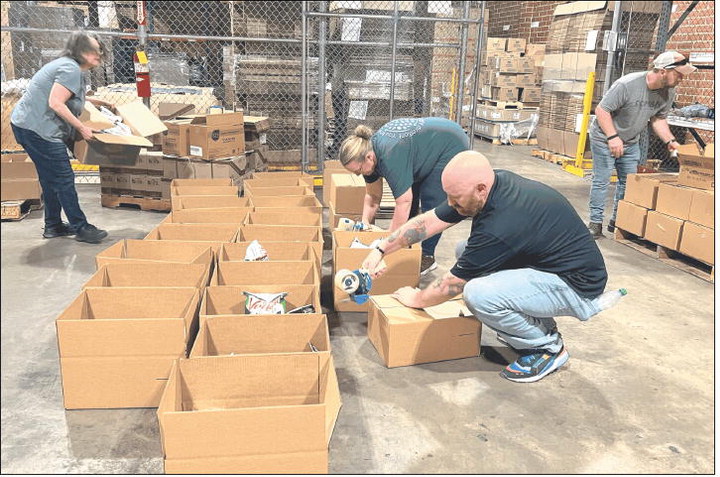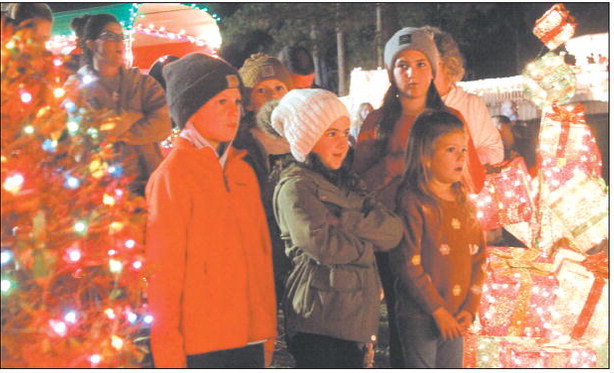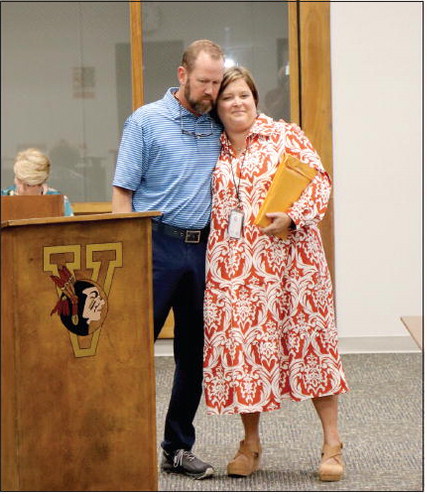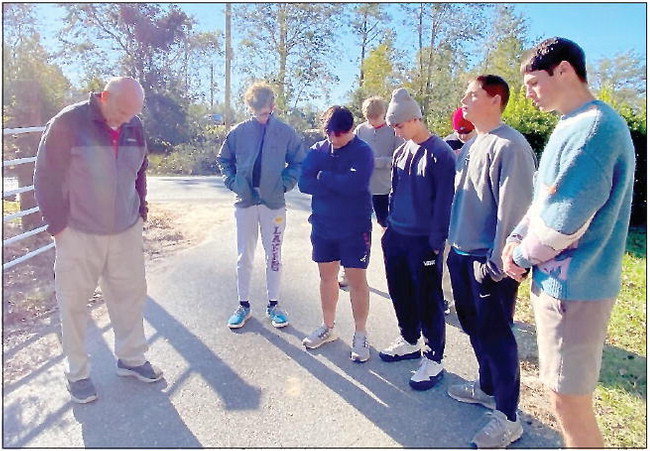Vidalia City Council Sets New Storage Guidelines
mrandolphadvance@gmail.com
At a called meeting on Wednesday, July 19, the Vidalia City Council and Code Enforcement Officer Chad Phillips discussed and passed several ordinance changes regarding the construction and placement of storage unit facilities in the city.
The discussion began as the Council reviewed ordinance changes that would outlaw the construction of storage units in zonings C-2, I-1, and I-2. Councilwoman Jennifer Evans shared her concern for an individual in her ward that recently gained approval to build storage units and planned to expand his operation yet would be unable to do so under the new ordinance. “If we have told him that he could do this, I believe we should let him,” she emphasized.
Councilman Loyd Mobley and Councilman Bob Dixon both agreed with Evans and asked Phillips how the ordinance would work with the storage units already constructed in the new restricted areas. Phillips explained that these facilities would now be considered “legal nonconformants,” meaning they may legally operate but may not expand their footprint. The Council agreed on the addition of language in the ordinance amendment that would allow for existing storage businesses to obtain permits and begin construction on expansions on property which they already own by January 1, 2024.
As for the storage units that are built in C-3, which is now the only accepted zoning for these new facilities, these buildings must be fenced in with 24/7 video surveillance of the property. The businesses may include units that are both climate controlled – which will be accessed from within the building – and non-climate- controlled – which will be accessed through a roll-up door. All facilities must be at least 12 feet tall and exterior siding should be brick, block, stucco, or painted metal – no vinyl or tin siding is allowed. The roll-up doors should not be visible from the roadway, and the parking lot must be paved with marked parking spaces. Shrubbery is required along the fence line, lights must be installed to insure there are no shadowed areas at the facility, and the entrances to gates and interiorly- accessed doors must be electronically controlled.
According to Phillips, these new provisions will not only appease residents in C-2, I-1, and I-2 zonings who do not want these businesses in their area, but will also cut down on break-ins of the facilities.



